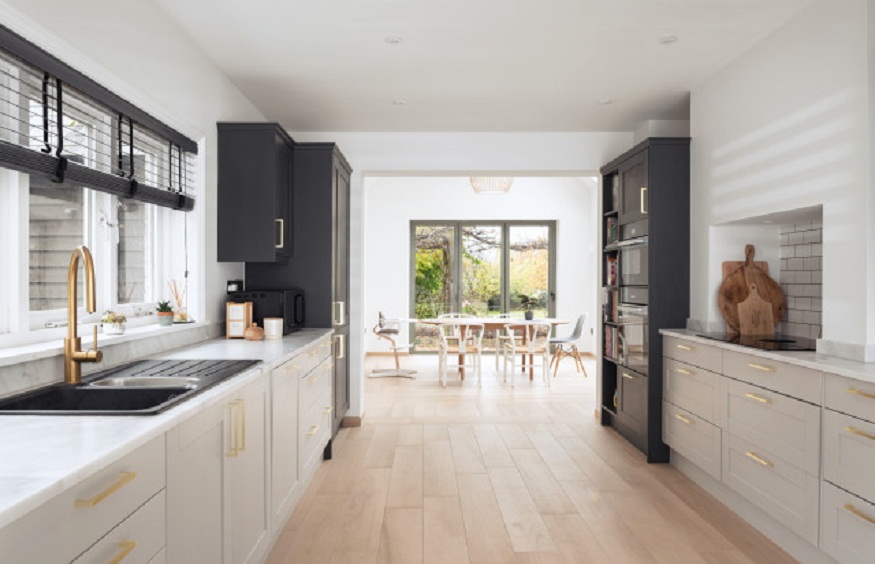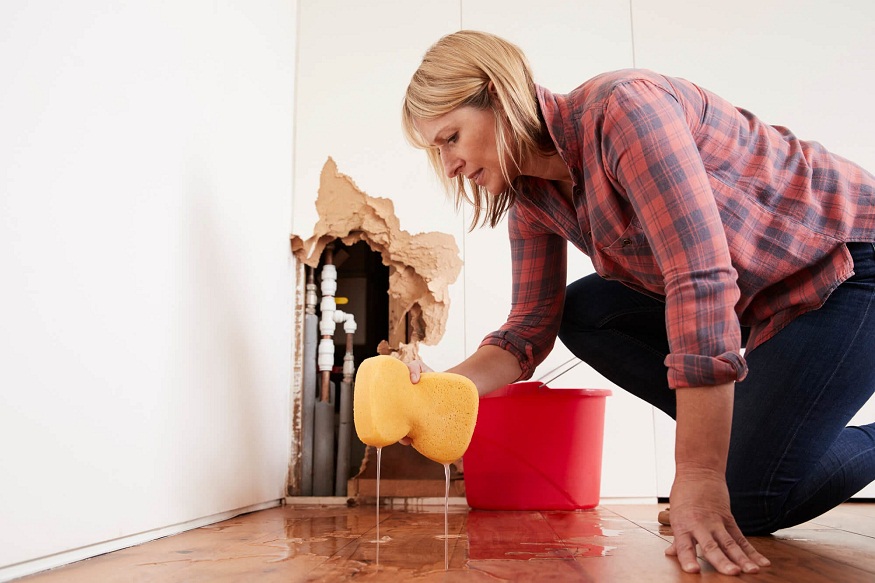Cambridge, with its rich history and charming streets, is home to a variety of period properties. From grand Georgian townhouses to Victorian terraces, these older homes are steeped in character, but they often require careful property renovation in Cambridge to meet modern living standards while retaining their historical charm. Renovating a period property in Cambridge is an exciting challenge that combines the joy of preserving history with the need for functionality and comfort. If you own or are considering purchasing a period property in Cambridge, here are some expert tips to help you adapt your older home for contemporary living.
1. Understand the Character of Your Property
The first step in renovating a period property is to fully understand its architectural style and the features that give it character. Cambridge is known for its historic homes, many of which date back several centuries, so it’s essential to identify the key features of your property. Whether it’s a Georgian townhouse with elegant sash windows or a Victorian terrace with decorative cornicing, these details can add charm and value to your home if treated with care.
Before starting any renovation work, take the time to research the history of your property. Consult local archives or speak with a conservation expert to determine what original features should be preserved. This will help guide your renovation process and prevent the removal or alteration of valuable architectural elements that could affect the property’s historical value.
2. Preserve Original Features
One of the biggest advantages of owning a period property in Cambridge is the abundance of original features, such as fireplaces, wooden beams, sash windows, and ornate plasterwork. Preserving these features during renovation not only maintains the property’s character but can also significantly increase its value. Buyers and renters are often willing to pay a premium for homes that retain their original charm.
However, restoring these features often requires skilled tradespeople with experience working on period properties. For example, restoring old sash windows may involve carefully repairing the mechanisms rather than replacing them entirely. Similarly, original fireplaces can often be restored to their former glory, providing both an aesthetic and functional focal point in the home.
In some cases, you may need to balance preservation with modern requirements, such as improving energy efficiency. In this case, conservation-approved products can be used, such as secondary glazing for windows or insulating materials that won’t compromise the building’s historic character.
3. Improve Energy Efficiency Without Compromising Character
Older homes, especially those built before the 20th century, often have poor insulation and outdated heating systems. One of the main challenges when renovating a period property in Cambridge is improving its energy efficiency while preserving its original features.
There are various ways to make your period property more energy-efficient without sacrificing its character. For instance, upgrading to more efficient heating systems, such as underfloor heating or a modern boiler, can make a significant difference. However, it’s important to ensure that any changes are in keeping with the property’s style. For example, if you are replacing radiators, consider period-style cast-iron radiators that complement the home’s aesthetic.
In terms of insulation, traditional period properties often lack the thick insulation found in newer homes. One option is to install internal wall insulation, which can improve heat retention without affecting the exterior appearance of the building. Similarly, consider insulating the roof and floors to reduce heat loss. When installing double-glazing or secondary glazing, aim for a style that maintains the original appearance of the windows to preserve the property’s historic look.
4. Update the Layout for Modern Living
One of the key aspects of renovating a period property in Cambridge is updating its layout to suit modern living while respecting the home’s heritage. Many period homes were built with smaller, more compartmentalised rooms, which may not meet the needs of today’s homeowners who prefer open-plan living spaces.
While it’s essential to respect the home’s original design, there may be opportunities to create more fluid living areas. For example, you could consider removing non-structural walls to create larger, more open spaces that enhance light and flow. However, be cautious when making structural changes—older buildings can have load-bearing walls or other features that need to be carefully considered before making alterations.
Another way to modernise the layout is by adding modern extensions that complement the period property. Many homeowners in Cambridge have opted for rear or side extensions that provide additional living space without compromising the property’s historic character. When planning any extension, ensure that the design is sympathetic to the existing building, using materials that match or complement the original architecture.
5. Address Damp and Structural Issues
Older properties are more susceptible to damp, which can cause significant damage to the building and be costly to repair if left unchecked. Common causes of damp in period properties include poor ventilation, faulty guttering, and damaged roof tiles. Damp can also arise from rising moisture from the ground, particularly in properties without a damp-proof course.
Before embarking on any renovation work, it’s essential to assess your property for any signs of damp or structural issues. Hire a qualified surveyor to conduct a thorough inspection of the property and identify any problem areas. Common problems in period homes include issues with the foundation, roof, and plumbing.
If damp is present, it’s important to address the root cause before undertaking cosmetic work. Consider installing a modern damp-proof course or improving ventilation in areas such as basements, lofts, and bathrooms. In some cases, it may be necessary to replace damaged timbers or flooring, but this should be done with materials that complement the period style of the property.
6. Create a Modern Kitchen and Bathroom
The kitchen and bathroom are often the most used spaces in the home, and renovating these areas can significantly increase both the value and functionality of your period property. However, it’s important to strike a balance between modern functionality and the preservation of the home’s character.
When renovating a period property in Cambridge, choose materials that blend seamlessly with the original features of the home. For example, in a Victorian property, you might choose traditional-style fixtures and fittings such as porcelain sinks, roll-top baths, and period-style taps. Incorporating these elements into a modern kitchen or bathroom design can create a harmonious balance between old and new.
For a modern kitchen, opt for cabinetry in neutral tones or classic designs that complement the home’s period features. You can also enhance functionality with contemporary appliances, such as energy-efficient ovens or dishwashers, without compromising the aesthetic of the space.
7. Maintain the Exterior and Curb Appeal
The exterior of your period property is just as important as the interior when it comes to creating a lasting impression. In a city like Cambridge, where many properties are located in historical streets, the exterior can make a huge difference in how your home is perceived. Keeping the exterior well-maintained and enhancing its curb appeal can add significant value to your property.
Start by cleaning the façade, removing any moss or algae, and repainting where necessary. Ensure that doors, windows, and gutters are in good repair, as these elements contribute to the property’s first impression. If your property has a garden or yard, consider landscaping it to create a welcoming entrance. Even small touches, such as adding a period-style front door knocker or upgrading the lighting, can make a significant difference in the overall appeal of the property.
Conclusion
Renovating a period property in Cambridge requires a delicate balance between preserving the home’s original charm and adapting it for modern living. By carefully selecting materials, enhancing energy efficiency, and respecting the property’s architectural style, you can create a home that offers the best of both worlds. Whether you’re updating a grand Georgian townhouse or a cosy Victorian terrace, these renovation tips can help you maintain the character of your home while ensuring it meets the needs of today’s homeowners. With thoughtful planning and attention to detail, your period property can continue to thrive for years to come.



